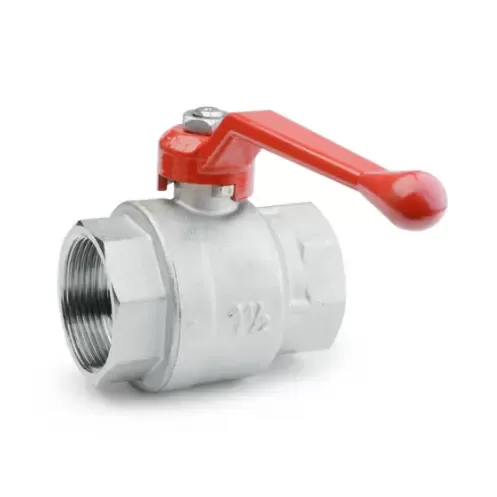Notifications

4 minutes, 40 seconds
-41 Views 0 Comments 0 Likes 0 Reviews

Ball valves are vital components in fluid control systems, known for their durability and efficiency. However, like all mechanical devices, they can encounter performance issues over time. Understanding the root causes and proper corrective actions for common problems such as leaks, blockages, corrosion, and wear is essential for maintaining system integrity and reliability.
Effective leak management begins with accurate identification of the leak's origin—either external or internal:
External leaks are easier to detect as they are visible on the valve’s outer body or connections. These are often due to loose fittings, degraded seals, or physical damage, and can typically be resolved through tightening, resealing, or replacing external components.
Internal leaks, on the other hand, are more complex and require in-depth inspection and pressure testing to diagnose. These leaks may be caused by:
Wear and tear of internal seals or seating surfaces, which often requires valve replacement.
Mechanical damage to the ball or seat, which may be resolved through cleaning or replacing damaged parts.
Misalignment or actuator malfunctions, which might be corrected by calibrating or adjusting the valve mechanism.
Blockages are a common performance issue in ball valves and can significantly reduce flow efficiency or increase pressure drops. The key to resolving a blockage lies in determining its root cause:
Debris or contamination is the most frequent culprit. Thorough cleaning of the valve internals can restore normal function.
Actuator failures—such as loss of power or signal—can prevent full valve actuation. Inspecting and repairing or replacing the actuator may be required.
Mechanical damage to the valve seat or ball can restrict movement, demanding component repair or replacement.
Installation errors, such as misaligned piping or incorrect valve orientation, may create flow obstructions and must be corrected according to manufacturer guidelines.
Proper installation, routine flushing, and filtration upstream can prevent many blockage-related problems.
Corrosion is a critical concern in corrosive or extreme environments and can compromise valve performance and safety:
Material selection is the first line of defense. Choosing corrosion-resistant alloys or coatings based on the fluid type, temperature, pressure, and environmental conditions is essential.
Material incompatibility—when valve materials are not suited to the working medium—can accelerate deterioration. Always cross-reference valve materials with the application’s chemical properties.
Preventive cleaning to remove accumulated salts, chemicals, or contaminants helps mitigate corrosion risks and extends service life.
All moving parts experience wear over time, and ball valves are no exception. Managing wear is crucial for maintaining functionality:
Routine maintenance including lubrication of moving parts minimizes friction and extends valve life.
Regular inspections of the ball, stem, and sealing elements help detect early signs of wear or damage.
Timely part replacement, when wear is observed, prevents unplanned failures and costly downtime.
Proactive maintenance strategies, such as scheduled service intervals and condition monitoring, significantly reduce long-term operational costs.
At the heart of reliable valve performance lies quality manufacturing and robust material selection. Investing in ball valves engineered to exacting standards—using high-grade, application-specific materials—greatly reduces the risk of in-service failures. By addressing potential issues like leaks, blockages, corrosion, and wear at the source, operators can ensure optimal performance, lower maintenance costs, and increased system uptime.Know more about Google SEO Directory

